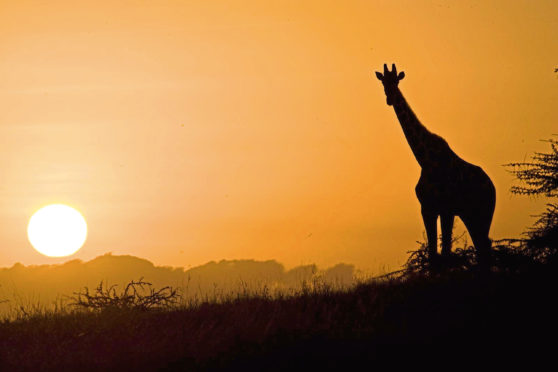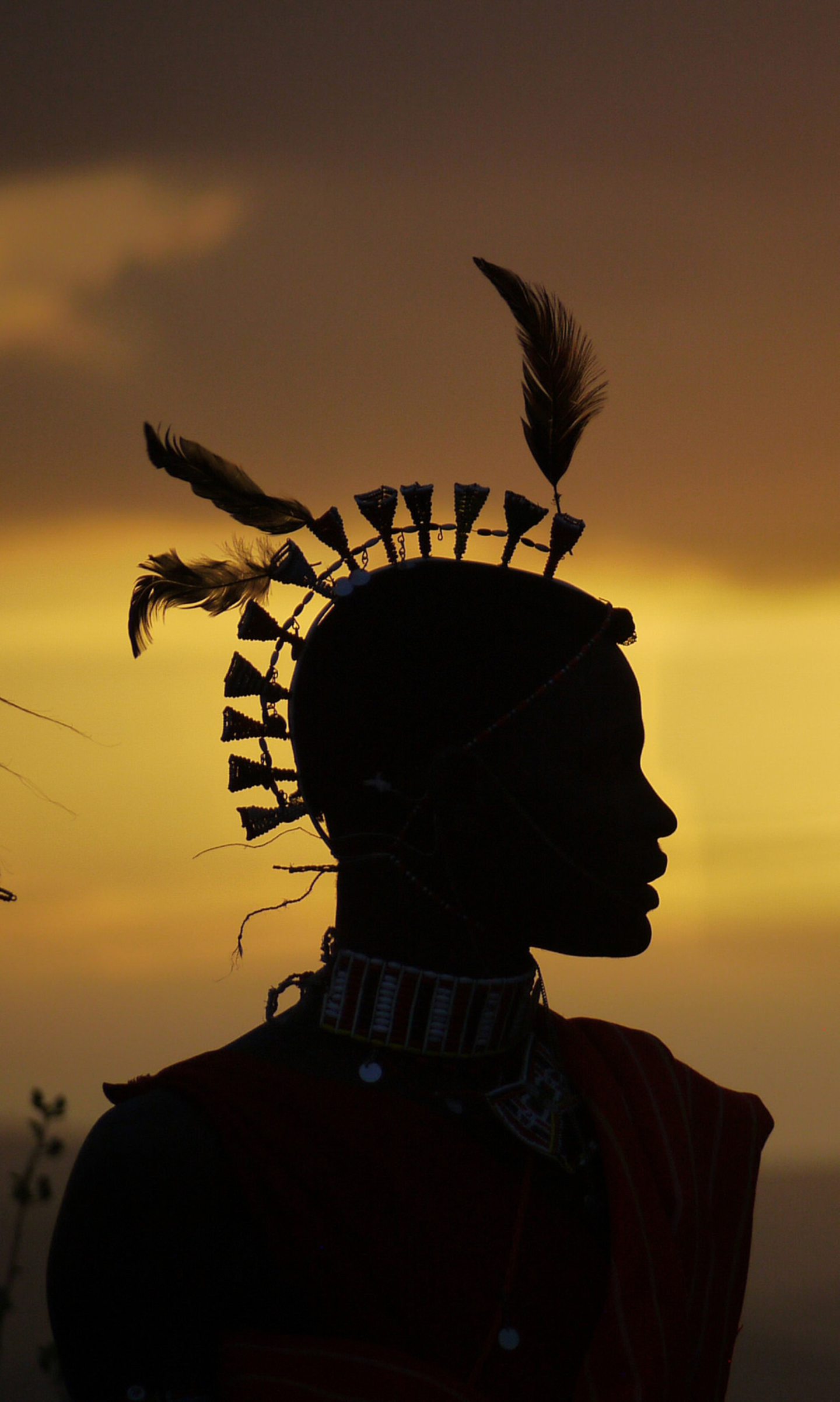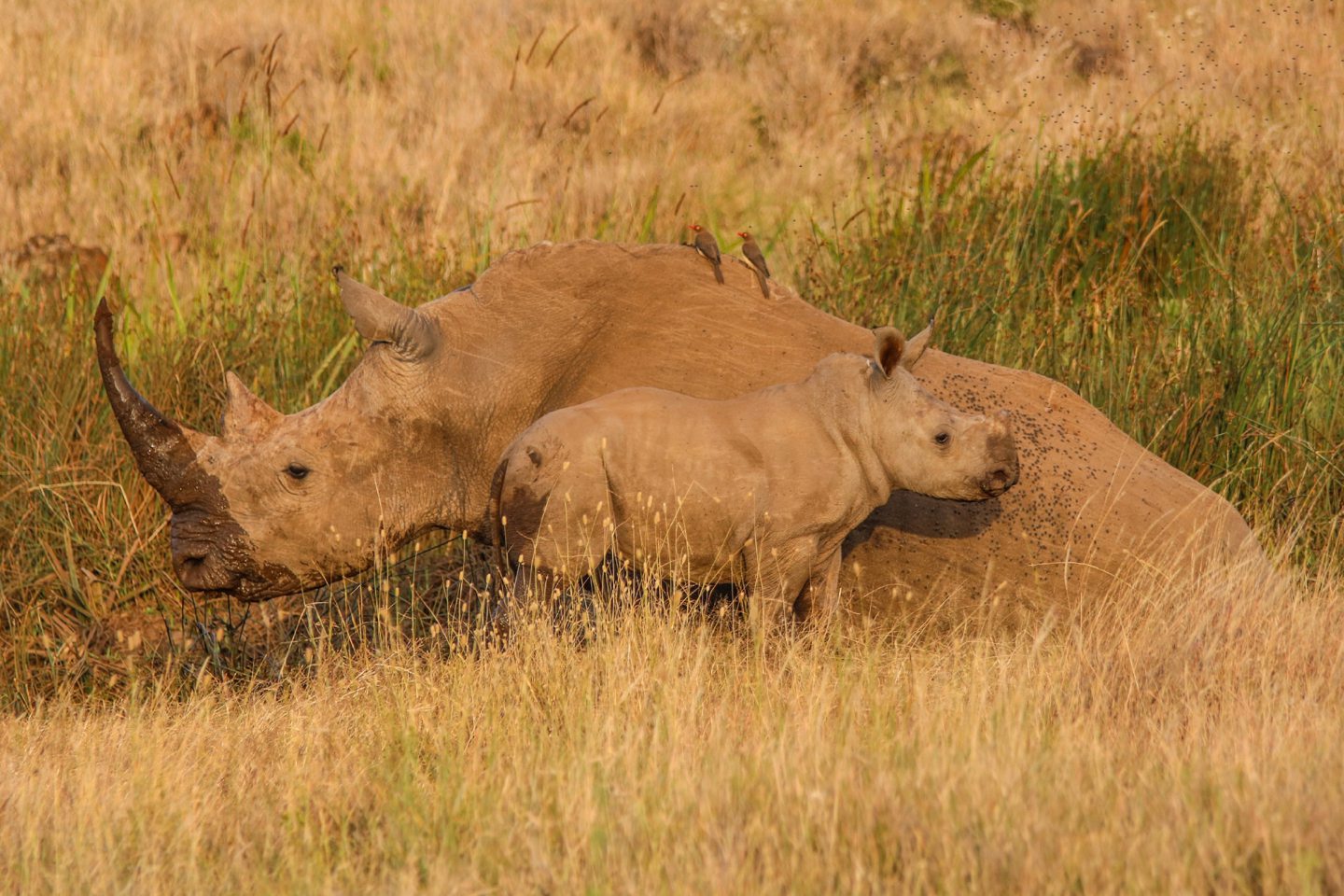
On the undulating grasslands of Lewa Wildlife Conservancy in Kenya, each of their most important inhabitants has a distinct personality.
“That’s Sonia,” explains David, my Maasai guide from Lewa House safari lodge, armed with two dagger-sharp horns and a heavy coat of armour.
“We’ve also got Elvis,” continues David, huddling into his shuka shawl to avoid the early-morning chill. “He often likes to come and sharpen his horn on vehicles.”
To identify every rhino on the premises would take some time: there are 238 to track down. What started as a population of 13 in 1983, has become one of Africa’s greatest success stories.
Lewa’s species bounce-back is down to long-term efforts; a blueprint for future wildlife management, this is one of the most successful conservation models on the continent, where community, tourism and nature all perfectly interlink.
But the pandemic has impacted it. Lewa has suffered a drastic drop in funds as tourism has ground to a halt.
Every year, Lewa partner with charity Tusk Trust to hold one of the world’s top marathons, raising funds for community development, education and healthcare initiatives across Africa. And even though 2021’s event, taking place on June 26, will be held virtually, it’s contribution to conservation is more important than ever before.
In 2019, 1,400 runners joined the marathon, running alongside hyenas, giraffes and endangered Grevy’s zebras. Two years on, the granite hills and dusty roads are empty. I’m the only guest at Lewa House, a collection of thatched cottages gazing out to Mount Kenya.
The bulbous Hobbit huts could easily have been plucked from JRR Tolkien’s imagination. Since 1924, they have been home to the Craig family who once owned Lewa but have since turned the 62,000 acre area into a conservancy, only retaining the right to have a home on the land. Descendants Sophie and Callum Macfarlane, who live here with their family, were married on a plateau overlooking the plains.
On a morning walk, Callum talks enthusiastically about the geology of the area, identifying rocks whose composite minerals sparkle like precious gems in the sun. He takes me to a site where a collection of hand axes is scattered on the ground. Callum’s colourful explanations bring the inanimate objects to life.
While Lewa’s past is easily unearthed in these plains, it’s modern nerve centre lies at the Joint Operation Command Centre (JOCC), where anti-poaching units are coordinated, rangers deployed, and wildlife is monitored.
“We tracked one elephant all the way to Somalia,” laughs senior radio operator Purity Wamuyu, who leads my tour. “He was looking for a date.”
Sophisticated technology is largely responsible for Lewa’s success, but perhaps the biggest boon to the conservancy is the surrounding community it supports. Although around 300 people are directly employed by Lewa, nearly 5,000 benefit through healthcare, education, and other revenue-boosting programmes. By learning to tolerate any wildlife that might venture on to their land, and sharing reports of any potential poachers, they play a critical role in the conservancy.
On a trip to the Ngare Ndare Forest, an elephant corridor linking Lewa to Mount Kenya, where waterfalls spill into turquoise pools and a canopy walkway is suspended between ancient trees, I encounter a variety of initiatives funded by Lewa and the Ngare Ndare Forest Trust. I meet gardeners tending a nursery of tree saplings, nurtured for a reforestation project, and a woman who powers her gas stove with a manure-filled biogas digester.
Everyone seems connected to conservancy, playing their own role in protecting wildlife, preserving nature and providing a safe home for rhinos like Sonia and Elvis.
And although participants in this year’s Lewa Marathon will be logging on from far flung corners of the globe millions of miles away, every penny they raise will forge a vital connection, too.
P.S.
Rhinos have pushed the species to the brink of extinction. In the 1960s, Kenya was home to around 20,000 black rhinos, but just two decades later, poaching had reduced the population to less than 300. As a result of work by Lewa and others, there are now over 600 black rhinos in Kenya.
Factfile:
abercrombiekent.co.uk offer a four night trip to Lewa House from £3795 pp.

Enjoy the convenience of having The Sunday Post delivered as a digital ePaper straight to your smartphone, tablet or computer.
Subscribe for only £5.49 a month and enjoy all the benefits of the printed paper as a digital replica.
Subscribe © Press Association Images
© Press Association Images © Press Association Images
© Press Association Images